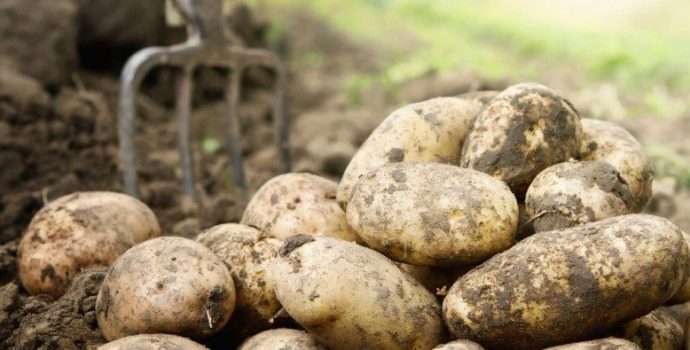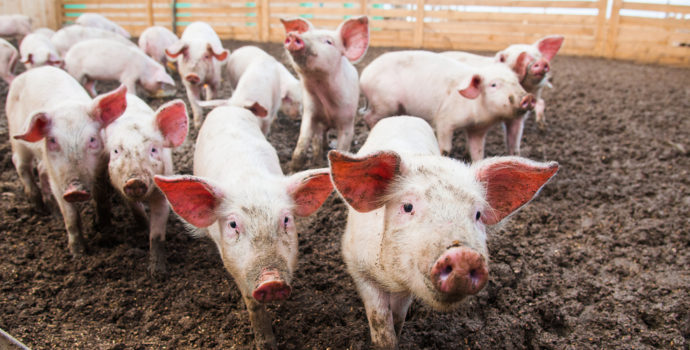Rising Input Costs Erode Price Gains for Farmers

The Outlook/Review 2014 undertaken by IFA Economist Kevin Kilcline shows that National Farm Income in 2013 is estimated to have risen by 2.4% on 2012. Output volumes are estimated to have risen significantly for the dairy and cereals sector, while there was also some increase in volumes for cattle, sheep and poultry. The dreadful weather conditions experienced in the first six months of 2013 resulted in significantly higher input costs with both price and volume increases for feed and fertiliser.
Kevin Kilcline said, “The past number of years has seen a significant increase in product prices; however, the gains from this have been almost totally eroded by increases in input prices. Since 2005, farm input costs have increased by 42% while general inflation has risen by approximately 13%”.
IFA President John Bryan said that input costs have to drop and IFA would be directing more resources towards challenging all providers of inputs and services to the farming sector to improve efficiencies and competitiveness.
In real terms, farm income continues to fall, with National Farm Income in 2013 estimated to be 66% of farm income levels in 1993.
Product prices varied across the commodities in 2013, with increases in the prices for dairy, cattle and pigs, a steep reduction for cereals and a drop in the sheep sector.
Overall, it is estimated that National Farm Income rose by €53m on the 2012 figure, with Average Farm incomes in 2013 of €21,400, compared with €20,709 in 2012. The performance in farm income varied considerably in 2013, depending on enterprise, and location. Average Farm Incomes are estimated to be about 66% of the Average Industrial Wage.
Farmers continued to invest on-farm, with gross investment recorded of €703m in 2013, an increase of 1% on 2011. However, the credit environment for the agriculture sector tightened in 2013, and the amount of new credit extended to the sector fell. “This suggests both a tightening of lending conditions and a reduction in demand for credit, due possibly to a combination of lower income and the paying down of debt. A functioning banking system will be critical for the future growth and development of the agriculture sector.”




